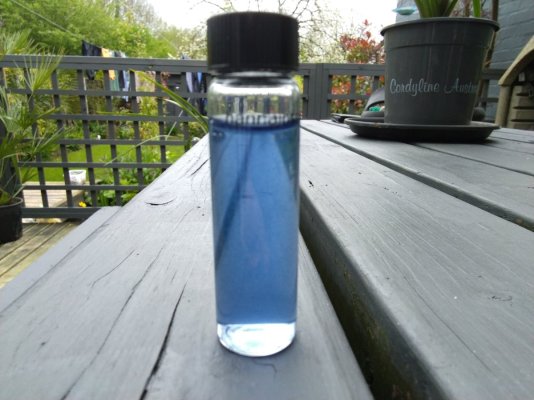Randy Holmes-Farley
Reef Chemist
View Badges
Staff member
Super Moderator
Excellence Award
Expert Contributor
Article Contributor
R2R Research
My Tank Thread
If the sample is not totally clear, suspended lanthanum phosphate particles may dissolve in the test, giving a false high level of dissolved phosphate.





















